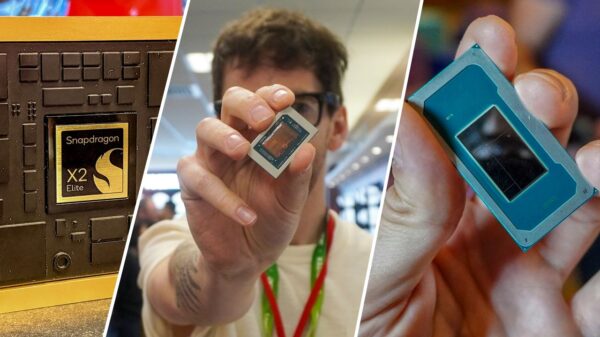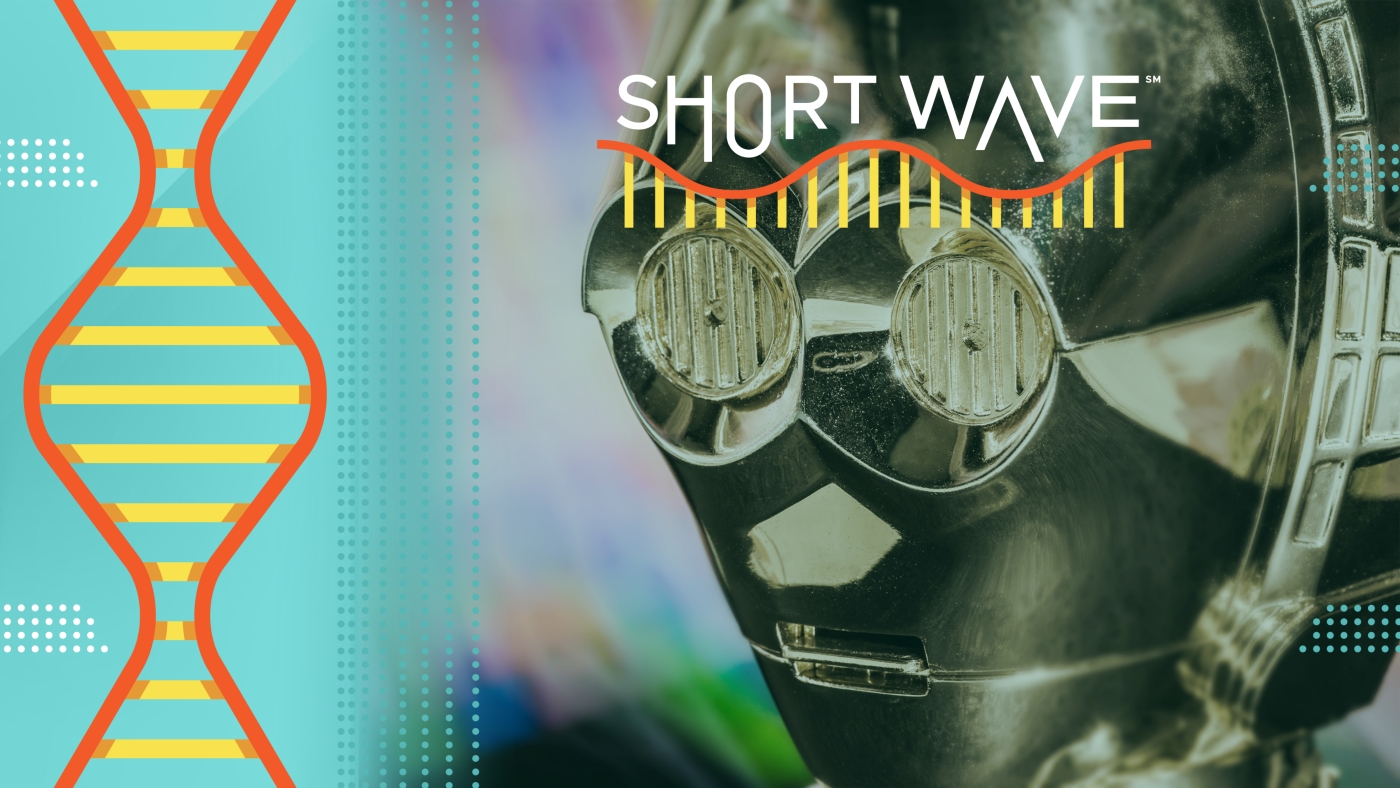Robots are often portrayed in science fiction as neurotic or anxious characters, exemplified by figures like C-3PO from *Star Wars* and Marvin from *The Hitchhiker’s Guide to the Galaxy*. However, such personalities are rarely found in real-world applications of artificial intelligence and robotics. Typically, the robots we interact with are designed to be extraverted, confident, and cheerful. A recent exploration by a team of researchers, highlighted by NPR science correspondent Nell Greenfieldboyce, aims to change this by experimenting with robots that exhibit a more human-like temperament, including traits such as anxiety and neuroticism.
The research team is investigating how introducing these less conventional robot personalities may enhance human-robot interactions. By incorporating characteristics that reflect a broader range of human emotions, the researchers believe they can create machines that resonate more deeply with users. This approach could lead to robots that are not only more relatable but also capable of understanding and responding to human emotions in a more nuanced manner.
Greenfieldboyce’s reporting delves into the implications of such research, examining the balance between emotional intelligence and functionality in robotic systems. These developments could pave the way for robots that not only perform tasks but also offer companionship and support, much like a human would. The shift toward more complex emotional programming represents a significant step in making robots feel more like part of our social fabric.
The idea of creating robots with anxiety or neurotic traits poses intriguing questions about our perceptions of technology and its role in society. While current chatbots and automated systems are often cheerful and engaging, a more diverse emotional spectrum could lead to richer interactions. For instance, a robot programmed with anxiety might respond to a user’s distress with empathy, creating a more supportive environment in settings such as healthcare or education.
In addition to enhancing user experience, this research aligns with growing interest in the field of social robotics—a domain focused on how robots can effectively interact with humans. By studying various personality types, researchers aim to identify which traits foster the best connections between people and machines. The implications extend beyond mere functionality; they touch on fundamental aspects of human psychology and social behavior.
Greenfieldboyce’s insights into this research highlight the ongoing evolution of robotics and artificial intelligence. As technology advances, the potential for robots to assume more complex roles in our lives becomes increasingly feasible. The future may see a shift in how we perceive and engage with robotic companions, moving away from simplistic, cheerful designs to more varied emotional expressions that reflect the complexities of human behavior.
The exploration of anxious robot personalities is just one facet of a broader inquiry into the emotional capabilities of machines. As researchers continue to investigate the impact of these traits, the possibility arises for robots to become not only tools but also partners in our daily lives. This shift could redefine our relationships with technology, fostering a new understanding of how we connect with the world around us.
For those interested in exploring this topic further, additional reporting on the subject can be found through NPR’s science programming. The implications of this research are profound, promising to reshape our interactions with technology in ways previously confined to the realm of science fiction.








































































